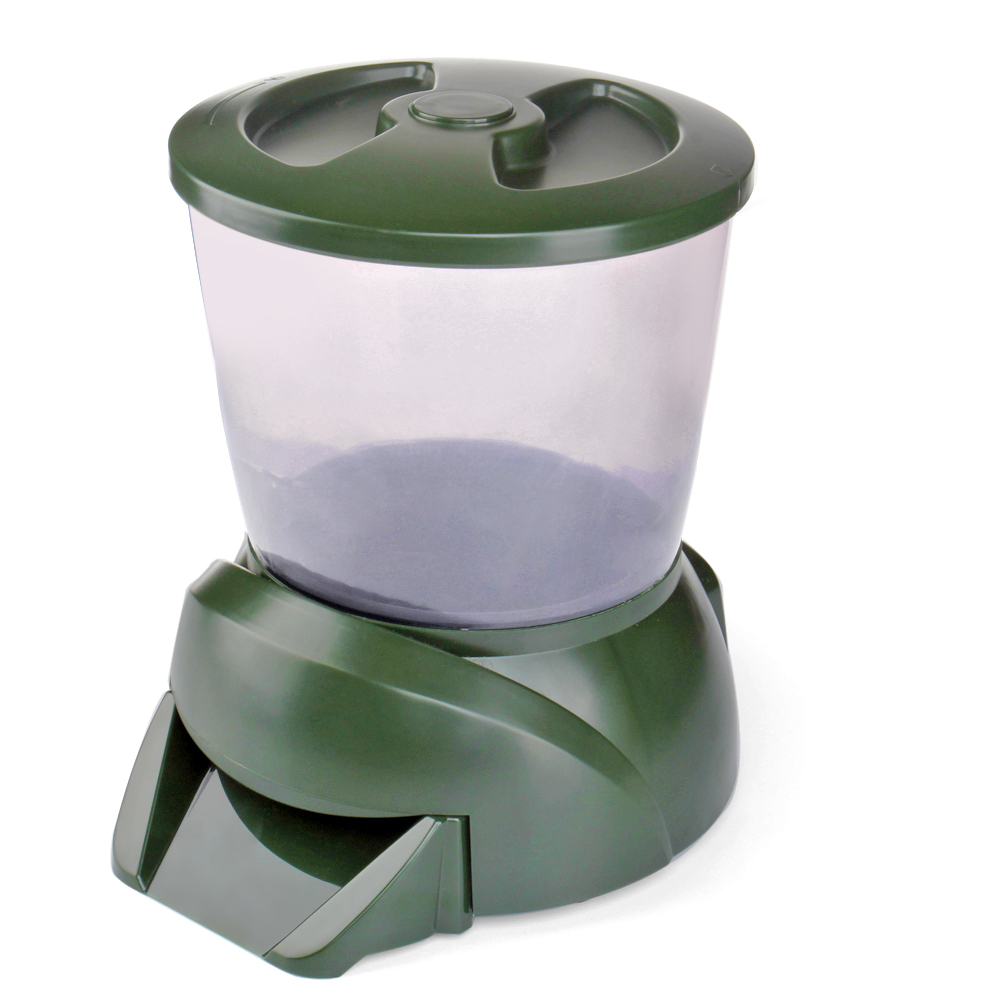

Each fish can eat as many as 100 to 500 larvae a day, which means a small school will keep your pond mosquito free.Īdult mosquito fish grow up to two inches long, and they’re relatively easy to keep, tolerating temperatures between 50 and 64 degrees. This is another species of minnow, and like the minnows above, mosquito fish are great for eliminating mosquito larvae.

They’re relatively conservative on the amount of space they’ll need-10 gallons is sufficient for each fish. Minnows are a schooling fish, so you should keep them in groups of five or more for them to be happy. To keep them successfully, it’s best to make sure the water is kept moving with a pump to keep it oxygenated. They’re native to North America, making them ideally adapted to our climate, and they can tolerate some poor water conditions including low oxygen levels, murky water, or high pH levels. They’ll feed on plant matter and they’re useful in a garden pond because they eat insects and aquatic insect larvae including the mosquitoes that may hatch in your pond. These are a popular garden pond species that does well in cooler water with temperatures going as low as 53 degrees. Common MinnowsĬommon minnows can refer to both regular minnows and fathead minnows.

Shubunkins and comets don’t get quite as large as common goldfish-they’ll top out at around a foot in length. They’re a little bit hardier than regular goldfish, but when temperatures dip, you’ll need to find a solution, either by heating the pond or finding the fish a new home. You may not want to keep plants with them, since these fish are known to eat plants sometimes. Like regular goldfish, you’ll need 30 to 50 gallons of water to keep them safely. These are two more varieties of goldfish-but they’re a bit unique compared to the common and fancy goldfish. These fish can live up to 25 years if you care for them properly, so make sure that you have a plan for the winter, whether that is bringing them to an indoor aquarium or finding a new home for them before it gets too cold outside. When stocking your pond, it’s important to remember that goldfish prefer schooling in medium sized groups, so if you want goldfish, plan a pond large enough that you can comfortably keep at least five or so. Ensuring you have the right amount of water helps keep the water clear and the fish healthy. The difference is because common goldfish produce a lot of waste, whereas fancy goldfish tend not to produce as much. You should have at least 50 gallons of water per fish, preferably 100 gallons.įancy goldfish may require a little less water-closer to 30 gallons per fish. Truthfully, goldfish shouldn’t be kept in fishbowls. To keep goldfish, it’s best to remember they get quite large-despite the fact that you’ve probably seen them kept as pets in small fishbowls. In mild climates where temperatures don’t dip below 50 degrees, you can even overwinter them-though they won’t be as active when the water is cool because they enter a dormant state called “torpor,” where they conserve energy. Goldfish do best in temperatures between 68 and 72 degrees, which means they’ll do well in most areas of the United States during the summer.

We’ll show you some of the best species to keep, and what you should avoid. Looking for the right fish species to keep in your new garden pond? There are lots of options out there-and a few species that people sometimes keep in garden ponds that are best left for aquariums or elsewhere.


 0 kommentar(er)
0 kommentar(er)
